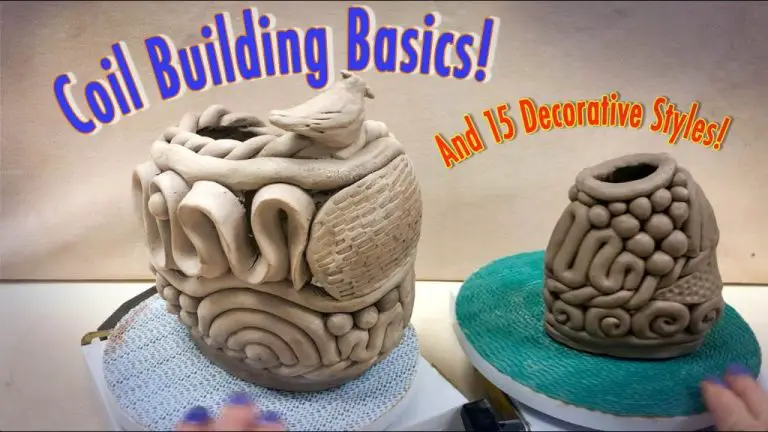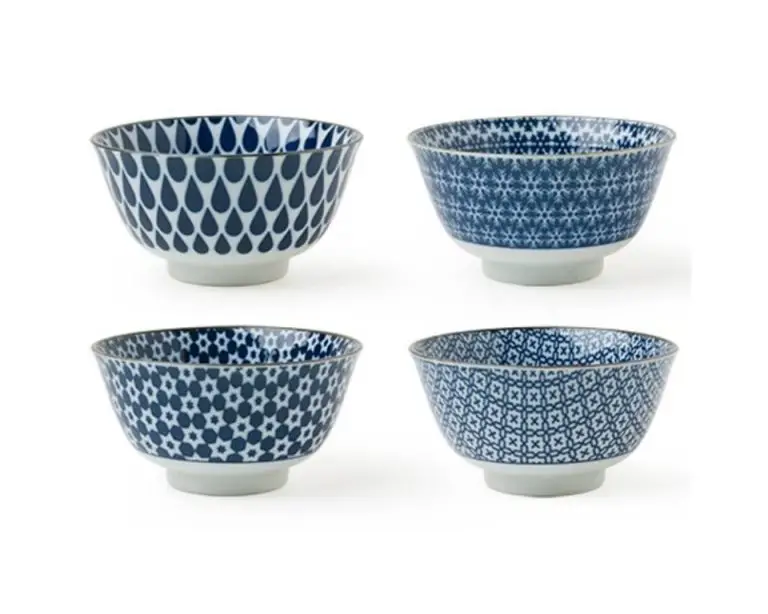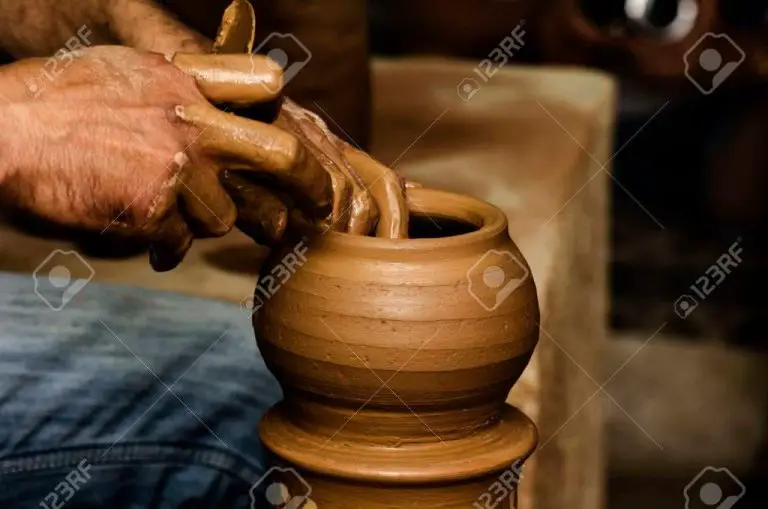How Do You Make A Long Neck Dinosaur Out Of Clay?
Sculpting dinosaurs out of clay is a fun and creative activity for kids of all ages. It lets their imagination run wild as they shape and design their very own dinosaur creations. Making dinosaurs out of clay allows kids to engage in hands-on, open-ended play. There are no rules and no right or wrong way to sculpt a dinosaur. The process itself is what’s most important, not the end result. Playing with clay stimulates a child’s senses, supports fine motor skills development, and promotes creative thinking and problem-solving as they figure out how to construct various dinosaur parts. Kids will be proud to show off their finished clay dinosaurs and will remember the enjoyable experience of making them.
Materials Needed
To make a dinosaur sculpture out of clay, you will need the following materials:
– Clay – Air-dry clay or polymer clay work best. Opt for air-dry clay if you want a sturdier, heavier sculpture or polymer clay for a lightweight model. Make sure to choose a clay that will hold fine detail for sculpting the dinosaur’s features.
– Modeling tools – Clay sculpting tools like loop tools, ribs, shaping wedges, dental tools, and clay shapers allow you to shape, smooth, carve, and texture the clay. You’ll need an assortment of different shaped modeling tools.
– Acrylic paint -Acrylic craft paints are best for painting the finished clay dinosaur. You’ll need a variety of colors for detailing the dinosaur’s skin.
– Clear acrylic sealer (optional) – An acrylic sealer can be brushed over acrylic paint to seal and protect the finish.
Choose a Dinosaur
When making a dinosaur sculpture out of clay, one of the first steps is deciding which type of dinosaur you want to create. Some good options for modeling a long-necked dinosaur include:
- Diplodocus – This dinosaur had an extremely long neck and tail, with a small head and legs. Diplodocus grew to be about 90 feet long.
- Brachiosaurus – One of the tallest and largest dinosaurs, Brachiosaurus had a Giraffe-like build with a long sloped neck and small head. It could reach up to 30 feet tall.
- Sauropods – This group contains many of the most recognizable long-necked dinosaurs like Apatosaurus, Mamenchisaurus and Saltasaurus. Sauropods were four-legged plant eaters characterized by their large size and long necks.
When deciding which dinosaur to model, consider the size of the clay sculpture you want to create. The extremely long Diplodocus and spindly Brachiosaurus may be challenging for beginners to sculpt accurately. A smaller sauropod like Saltasaurus may be a good option to start.
Sculpt the Body
After choosing your dinosaur and gathering your materials, it’s time to start sculpting the body. Begin by rolling your clay into an egg shape. This will serve as the basic body of your dinosaur. Make sure to roll and pinch the clay to elongate the body into the appropriate shape and length for your chosen dinosaur.
To add realistic texture, use sculpting tools to imprint scales, ridges, or bumps into the clay. You can roll a toothpick over the surface to create small indentations for scales. Use the edge of a knife or flat tool to carve longitudinal lines down the body to mimic the ridges seen in some dinosaur species. Don’t be afraid to really work the clay and get your hands dirty – adding texture now will result in a more realistic dinosaur later.
As you sculpt the body, continually stand back and visualize how your dinosaur will look with the neck and head attached. Make adjustments to the proportions and shape as needed. Pay special attention to sculpting a solid base that will support the weight of the head and neck you’ll add next.
Sculpt the Neck and Head
After you have finished sculpting the body of your dinosaur, it’s time to create the long neck and head that make these creatures so iconic. Start by rolling a long, thin log out of clay for the neck, making it thinner at the top where it will attach to the head. The neck should be proportional to the size of the body you sculpted. For a brachiosaurus or other very long-necked dinosaur, you may need to attach multiple rolled neck pieces together, gently smoothing the seams.
Curve the neck into an S-shape and use a modeling tool to refine the curves. Attach one end to the body, securing it well. Then roll a ball of clay for the head, making it a size in proportion to the neck. Attach the head to the top of the neck, blending it smoothly together. Use your fingers and modeling tools to shape the head and define features like the eyes, nostrils, mouth, and any horns or crests. Work slowly and gently to get the long graceful neck and head sculpture you desire.
Add Legs and Tail
After sculpting the body and neck of your dinosaur, it’s time to add the legs and tail. Start by rolling out four balls of clay for the legs. Make them proportional to the size of the dinosaur’s body. Gently press the legs into the underside of the body to attach them. Add some texture or scales to the legs with sculpting tools.
For the tail, roll out a thick, tapered snake shape out of clay. Curve the tail so it has some movement and energy. Attach the wider end to the back of the dinosaur and blend it into the body. Use a sculpting tool to add segments down the length of the tail. Make sure to support the tail as it dries so it doesn’t droop or break off.
The legs and tail will really make your dinosaur sculpture come to life. Have fun shaping them in an active, dynamic pose. Let them extend beyond the sculpting base to create a sense of motion.
Texture the Skin
After the main shape of the dinosaur is formed, it’s time to add realistic textures and details. Use clay sculpting tools to add scales, wrinkles, bumps, and impressions to the skin. For example, you can:
- Use a rounded sculpting tool to indent individual scales onto the body.
- Add wrinkles around the joints by pressing in diagonal lines.
- Create bumpy or warty skin textures using a small pointed tool.
- Mark rings around the tail by rocking a rounded tool.
- Press small circular tools around the mouth and eyes to show scales.
Take inspiration from reptile skin textures. Consider how age, injuries, or other factors would impact the skin. Add unique textures like scars or stripes to make your dinosaur truly one-of-a-kind.
Texturing the skin will bring your clay dinosaur to life. Take your time playing with tools and techniques to make the textures realistic and visually interesting.
Bake the Dinosaur
Once your dinosaur sculpture is complete, it’s time to bake it to harden the clay. Follow the package directions for baking polymer clay—many require baking at around 130°C for 15-20 minutes per 6mm of thickness. Keep the following baking tips in mind:
- Check the temperature guidelines on your clay’s packaging.
- Bake in an oven dedicated to polymer clay, as it can release fumes.
- Place the sculpture on a baking sheet lined with parchment paper or aluminum foil.
- Consider using a thermometer to ensure the oven reaches the proper temperature.
- Allow thicker pieces to bake longer, checking frequently toward the end.
- Let cool completely before handling once baked.
Proper baking will harden your polymer clay dinosaur so it maintains its shape for painting and display. Avoid underbaking, as the clay will remain tacky, or overbaking, which can cause discoloration or scorching.
Paint the Dinosaur
After the dinosaur has been baked, it’s time to bring it to life with paint. Start by choosing a base color that fits the type of dinosaur. For example, greys and browns work well for stegosauruses while greens can suit brachiosauruses. Use acrylic paint and fully cover the baked clay in a thin layer of the base color.
Once the base layer has dried, add highlights and shadows for dimension. Lighter shades along the tops of scales or plates and down the spine will make them stand out. Darker tones in crevices and along the belly will add depth. Dab the paint on gently with a brush, sponge, or your fingers.
Finish up by dry brushing. Use a paintbrush that’s nearly dry and lightly sweep it over raised areas. This will create a textured, scaly effect. Build up the dry brushed layers gradually for a natural appearance. Highlights like a stripe along the back or dots on the head can also be dry brushed on.
Take your time with the painting process to bring out the sculpted features. Vibrant colors and realistic textures will make your clay dinosaur come to life!
Display Your Creation
Now that you’ve baked and painted your dinosaur, it’s time for the fun part – displaying your masterpiece! Consider the following ideas for showing off your handmade dinosaur sculpture:
Add it to a prehistoric diorama: Place your dinosaur within a mini Jurassic Park scene complete with plants, rocky terrain, other dinosaurs and more. Get creative with the landscape and tell a story with how you arrange everything. Use modeling clay, cut up sponges and other craft materials to create the environment.
Give it as a gift: Handmade gifts mean so much more. Give your dinosaur to a fellow dino fan or young paleontologist in the making. Include a tag with the dinosaur’s name and species so they can learn while playing imaginatively with it.
Display in your room: Let your awesome artistic skills shine by keeping your dino sculpture in your bedroom, office or any space you want to add a touch of prehistoric flair. Perch it on a shelf, bookshelf or desk for all to admire.
The options are endless when it comes to finding the perfect spot for your clay dinosaur. Be proud of your creativity and artistry!




